How To Use Polarizing Filters For Digital Cameras ?
To use a polarizing filter for digital cameras, simply screw the filter onto the front of your camera lens. Rotate the filter until you achieve the desired effect. Polarizing filters are used to reduce glare and reflections, enhance color saturation, and improve overall image quality. They work by selectively blocking certain light waves, allowing only light that is aligned in a specific direction to pass through. By rotating the filter, you can adjust the amount of polarization and control the effect on your image. It is important to note that polarizing filters work best when the light source is at a 90-degree angle to the subject. Experiment with different angles and settings to achieve the desired results.
1、 Understanding Polarizing Filters: Basics and Functionality
Understanding Polarizing Filters: Basics and Functionality
Polarizing filters are essential tools for photographers looking to enhance their images and control reflections and glare. These filters work by selectively blocking certain light waves, allowing photographers to achieve more vibrant colors, reduce reflections, and increase contrast in their photographs. Here is a step-by-step guide on how to use polarizing filters for digital cameras:
1. Choose the right filter: Polarizing filters come in different sizes and types, so make sure to select one that fits your camera lens. Circular polarizing filters are the most common and recommended for digital cameras.
2. Attach the filter: Screw the filter onto the front of your camera lens. Ensure it is securely attached to prevent any light leakage.
3. Adjust the filter orientation: Polarizing filters have a rotating ring that allows you to adjust the angle of polarization. Look through the camera's viewfinder or LCD screen and rotate the filter until you achieve the desired effect.
4. Observe the changes: As you rotate the filter, you will notice the impact on the image. Polarizing filters can reduce reflections on non-metallic surfaces such as water or glass, making them appear clearer and more vibrant. They can also darken skies, enhance cloud definition, and improve overall contrast.
5. Experiment with different angles: Depending on the subject and lighting conditions, the optimal angle of polarization may vary. Take multiple shots while adjusting the filter to find the best result.
6. Be mindful of potential drawbacks: While polarizing filters offer numerous benefits, they can also reduce the amount of light entering the camera. This may require longer exposure times or higher ISO settings in low-light situations.
In conclusion, polarizing filters are valuable accessories for digital cameras, allowing photographers to control reflections, enhance colors, and improve overall image quality. By following these steps and experimenting with different angles, photographers can effectively utilize polarizing filters to capture stunning and captivating photographs.
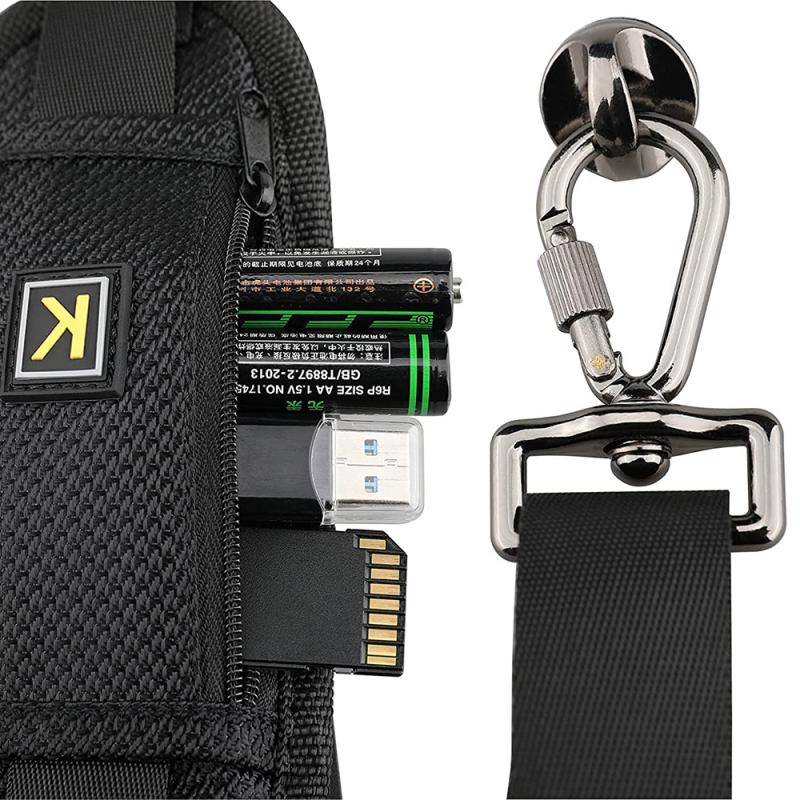
2、 Types of Polarizing Filters: Circular vs. Linear
Polarizing filters are essential tools for photographers looking to enhance their images by reducing glare and reflections, boosting color saturation, and improving overall image quality. When it comes to digital cameras, there are two main types of polarizing filters: circular and linear.
Circular polarizing filters (CPL) are the most commonly used filters for digital cameras. They work by selectively blocking certain light waves, reducing glare and reflections from non-metallic surfaces such as water, glass, and foliage. CPL filters are designed to be used with autofocus and auto-exposure systems, making them compatible with most modern digital cameras. They can be easily rotated to adjust the amount of polarization desired, allowing photographers to control the intensity of the effect.
Linear polarizing filters (LP) are less commonly used in digital photography due to their compatibility issues with autofocus and auto-exposure systems. LP filters work in a similar way to CPL filters, but they can interfere with the camera's internal metering and focusing systems. However, some older film cameras and manual focus digital cameras can still benefit from using LP filters.
It is important to note that the latest point of view favors the use of circular polarizing filters for digital cameras. With advancements in technology, most modern digital cameras rely on autofocus and auto-exposure systems, making circular polarizing filters the more practical choice. They provide the same benefits as linear polarizing filters while maintaining compatibility with the camera's internal systems.
To use a polarizing filter, simply attach it to the front of your camera lens and rotate it until you achieve the desired effect. Keep in mind that the effectiveness of the filter will vary depending on the angle of the light source and the position of the filter. Experimentation is key to mastering the use of polarizing filters and achieving the desired results in your photographs.
In conclusion, circular polarizing filters are the recommended choice for digital cameras due to their compatibility with autofocus and auto-exposure systems. They offer photographers the ability to reduce glare, enhance color saturation, and improve overall image quality. By understanding how to use polarizing filters effectively, photographers can take their images to the next level and capture stunning, glare-free photographs.
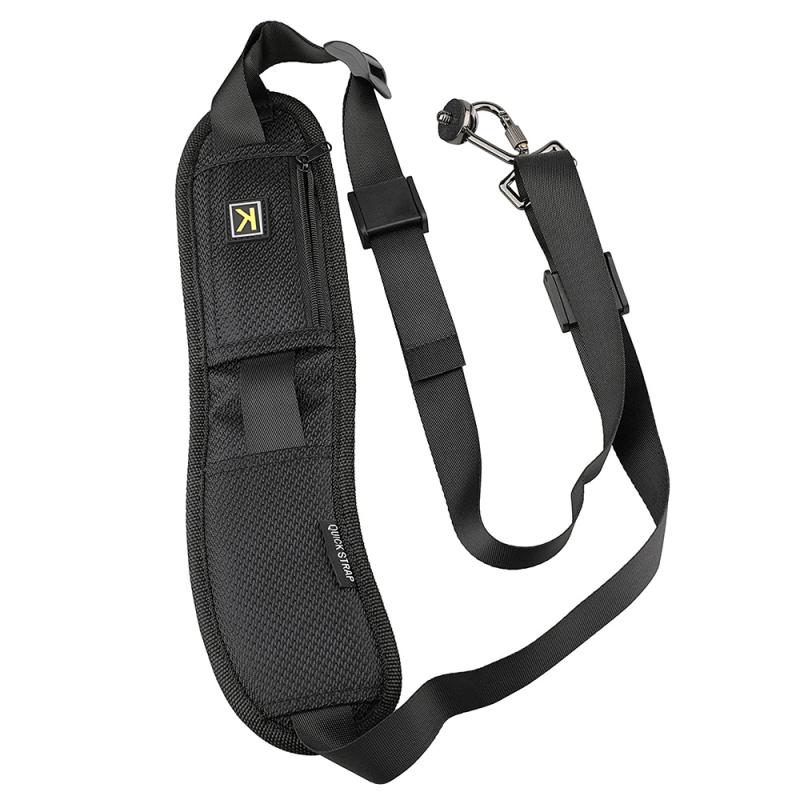
3、 Using Polarizing Filters to Reduce Glare and Reflections
Using polarizing filters for digital cameras is a great way to enhance your photography by reducing glare and reflections. These filters work by blocking certain light waves, allowing only light that is aligned in a specific direction to pass through. This can significantly improve the quality of your images, especially when shooting outdoors or in brightly lit environments.
To use a polarizing filter, follow these steps:
1. Choose the right filter size: Ensure that the filter you purchase matches the diameter of your camera lens. This information can usually be found on the front of the lens or in the camera's manual.
2. Attach the filter: Screw the filter onto the front of your camera lens. Make sure it is securely fastened to avoid any accidental damage.
3. Adjust the filter orientation: Rotate the filter to achieve the desired effect. The filter has a rotating ring that allows you to control the amount of polarization. Experiment with different angles to find the best position for reducing glare and reflections.
4. Check the viewfinder: Look through the viewfinder or LCD screen to see the impact of the polarizing filter. You should notice a reduction in glare and reflections, resulting in clearer and more vibrant images.
5. Fine-tune the settings: Depending on the lighting conditions, you may need to adjust your camera's exposure settings to compensate for the reduced light transmission caused by the filter.
It's important to note that polarizing filters work best when the light source is at a 90-degree angle to the subject. This means that they are particularly effective when shooting landscapes, water bodies, or any scene with a lot of reflective surfaces.
In recent years, advancements in digital camera technology have led to the development of more sophisticated filters. Some filters now come with multi-coatings that minimize reflections and improve overall image quality. Additionally, circular polarizing filters are recommended for digital cameras as they allow for proper autofocus and metering.
In conclusion, using polarizing filters can greatly enhance your photography by reducing glare and reflections. By following the steps outlined above and considering the latest advancements in filter technology, you can achieve stunning, glare-free images that truly stand out.
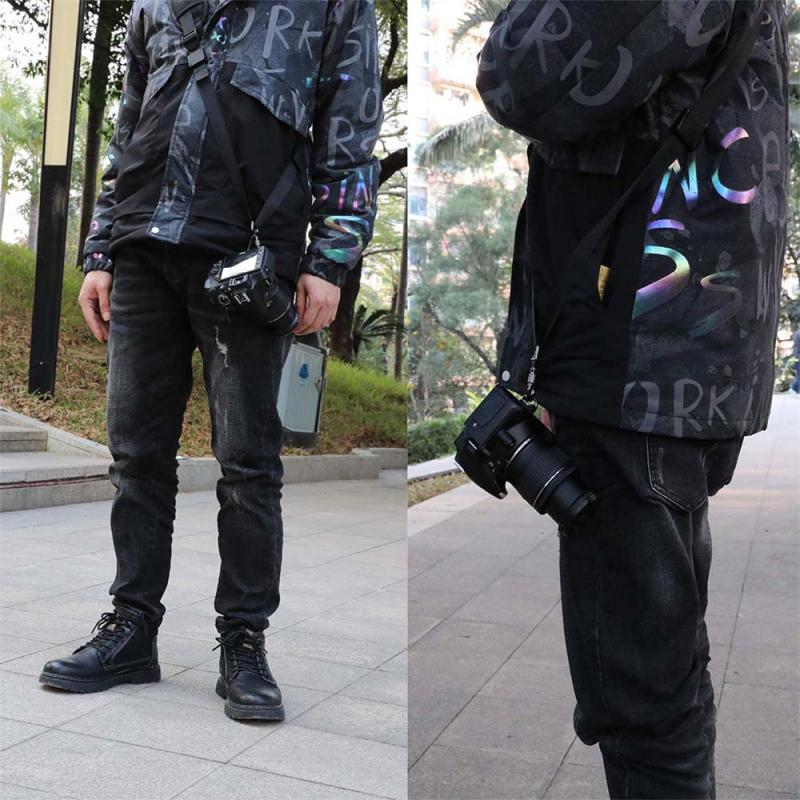
4、 Enhancing Color Saturation with Polarizing Filters
Polarizing filters are a valuable tool for digital photographers looking to enhance color saturation and reduce glare in their images. These filters work by selectively blocking certain light waves, allowing only light that is polarized in a specific direction to pass through the lens. This results in more vibrant colors and reduced reflections in your photographs.
To use a polarizing filter with your digital camera, follow these steps:
1. Choose the right filter size: Polarizing filters come in different sizes, so make sure to select one that fits your camera lens. The filter should screw onto the front of the lens.
2. Adjust the filter orientation: Once the filter is attached, rotate it to achieve the desired effect. The filter has a rotating ring that allows you to control the amount of polarization. Experiment with different angles to find the best position for your shot.
3. Observe the effect through the viewfinder: Look through the camera's viewfinder or use the live view mode to see the impact of the polarizing filter in real-time. You will notice that the colors become more saturated and the reflections on shiny surfaces are reduced.
4. Fine-tune the effect: Depending on the scene and lighting conditions, you may need to adjust the filter's rotation to achieve the desired effect. Keep in mind that the effect is most pronounced when shooting at a 90-degree angle from the sun.
5. Be aware of potential drawbacks: While polarizing filters can enhance color saturation, they can also reduce the amount of light entering the camera. This may require longer exposure times or higher ISO settings in low-light situations.
In recent years, there has been a shift towards post-processing techniques that can mimic the effects of polarizing filters. Software tools like Adobe Lightroom offer options to enhance color saturation and reduce glare. However, using an actual polarizing filter during the shooting process can still provide more accurate and natural results, especially when dealing with reflections on water or glass surfaces.
In conclusion, polarizing filters are a valuable accessory for digital photographers looking to enhance color saturation and reduce glare in their images. By following the steps outlined above, you can effectively use these filters to achieve more vibrant and visually appealing photographs.
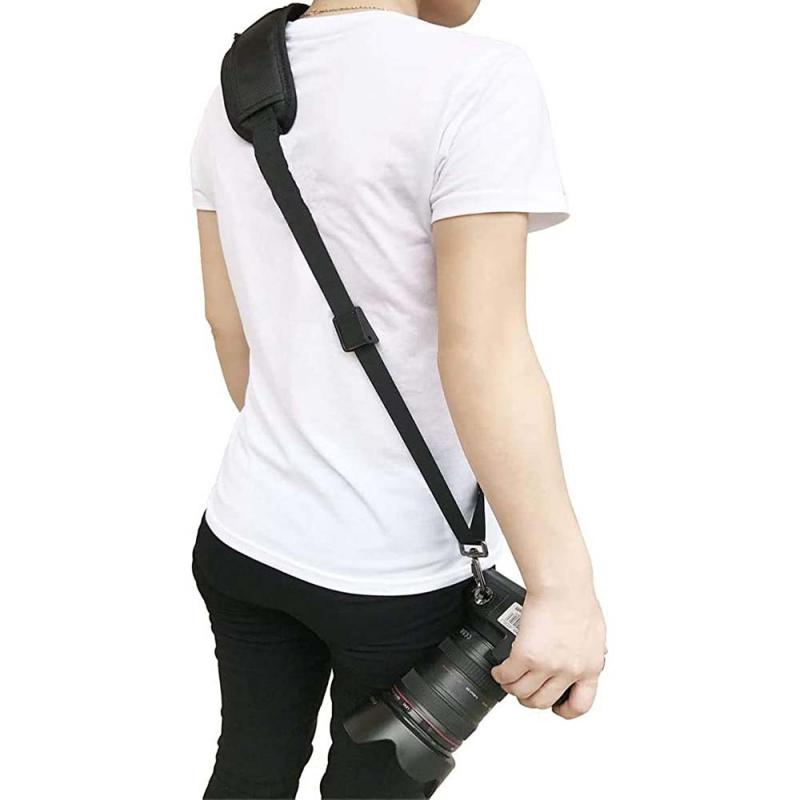



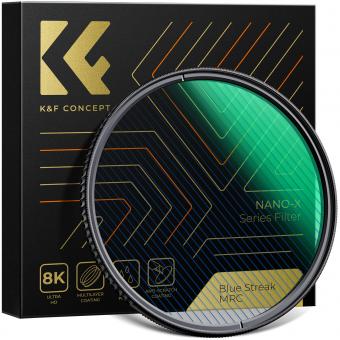





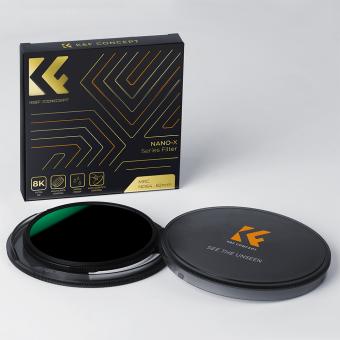
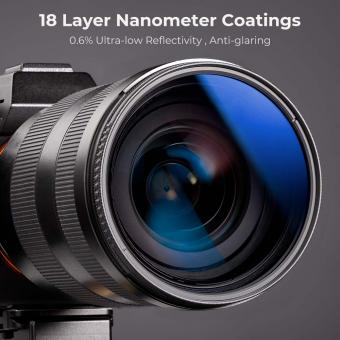





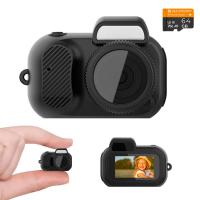



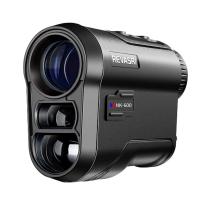
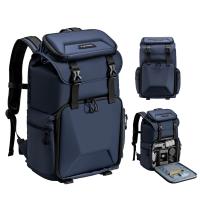



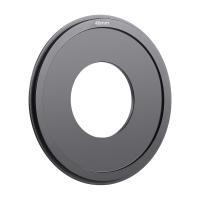
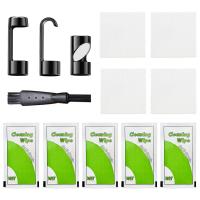

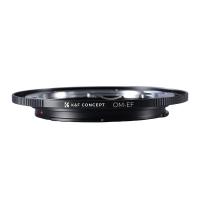


There are no comments for this blog.